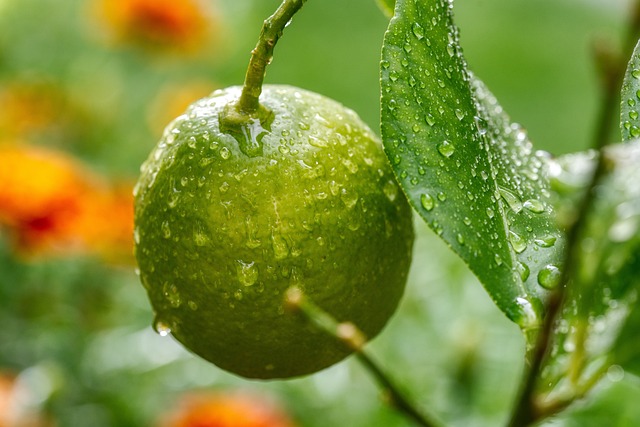Lemon trees are revered for their fragrant blossoms and tangy fruit, making them a popular choice for home gardening. This guide will walk you through the process of growing your own lemon tree from scratch, starting from a simple lemon seed.
Preface: The Joy of Growing a Lemon Tree
The journey of nurturing a lemon seed into a full-grown tree is a rewarding and enriching experience. The sense of accomplishment you feel when the first fruit appears is incomparable. However, patience is paramount in this process as it can take several years for the first fruit to appear.
Overview of the Growth Process
The journey of a lemon seed to a fruit-bearing tree involves several stages.
- Seed Selection
- Planting the Seed
- Caring for the Seedling
- Maturing into a Tree
- Blossoming and Fruit Production
- Harvesting the Lemons
- Troubleshooting Common Problems
Seed Selection: Choosing the Right Seed
The first step in growing a lemon tree is choosing the right seed. You can extract seeds from any mature lemon fruit. However, ensure that the seeds are not dried out or damaged. Seeds extracted from a healthy, ripe lemon have the highest chance of germinating successfully.
Also Read > Curb Your Enthusiasm Series Review
Planting the Seed: Setting the Foundation
Once you have chosen the seed, the next step is planting it. This is a critical stage, as the conditions need to be ideal for the seed to germinate.
- Rinse the seeds thoroughly to cleanse them of any pulp.
- Plant the seeds approximately one inch deep into a small pot filled with fertilizer-free potting soil.
- Keep the soil moist and place the pot in a warm location.
- After a few weeks, you should see the first signs of germination as the seed sprouts.
Caring for the Seedling: Nurturing the Young Plant
Taking care of the young plant requires diligence and attention.
Sunlight
Lemon trees require a significant amount of sunlight, ideally around eight hours per day. If you are growing the plant indoors, place it near a south or west-facing window. In case natural light is insufficient, you can supplement it with grow lights.
Soil and Watering
Lemon trees prefer well-draining soil. Ensure that the soil stays consistently moist but avoid waterlogging. Overwatering can lead to root rot and other issues.
Fertilizing
To boost growth and fruit production, apply an all-purpose fertilizer packed with micronutrients, or a lemon tree-specific fertilizer during the growing season.
Maturing into a Tree: From Seedling to Sapling
As the seedling grows, it will eventually need to be repotted. Young lemon trees should be repotted every two years, while mature ones can be repotted every three to four years.
- Gently remove the tree from its original container and place it in a new one that is slightly bigger.
- Add new potting soil as needed and water the tree thoroughly.
Blossoming and Fruit Production: The Arrival of the Fruit
The journey from seed to fruit-bearing tree can take anywhere between seven to fifteen years. However, the wait is worthwhile when you see your tree laden with bright, juicy lemons.
Harvesting the Lemons: Enjoying the Fruits of Your Labor
Harvesting the lemons is a straightforward process. The lemons are ready to be picked when they are firm and bright yellow.
Troubleshooting Common Problems: Keeping Your Tree Healthy
Growing a lemon tree is not without challenges. Common problems include pests like mealybugs and spider mites, as well as root rot. It’s important to identify these problems early and treat them promptly to ensure the health of your tree.
Conclusion
Growing a lemon tree from a seed is a rewarding endeavor. It requires patience and care, but the outcome is worth the effort. Not only do you get to enjoy fresh lemons, but you also get the satisfaction of knowing that you nurtured the tree from a tiny seed. So, why not give it a try? You might just discover a new hobby and a newfound appreciation for the humble lemon tree. Follow Journal Sea for more!
